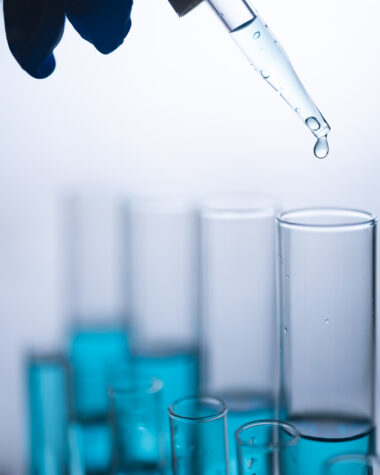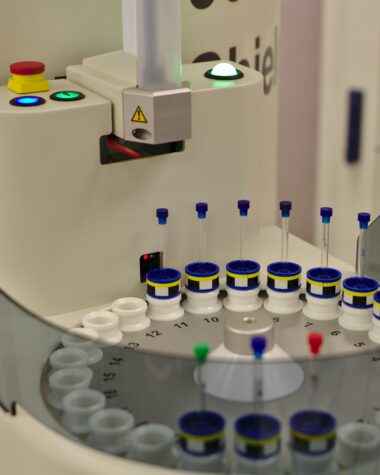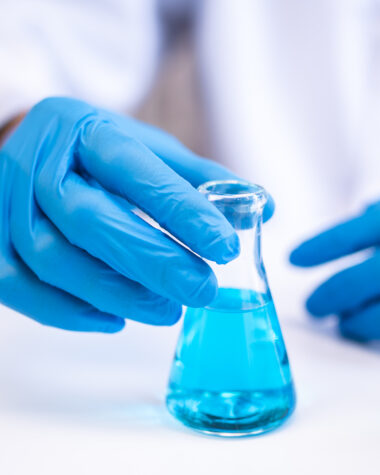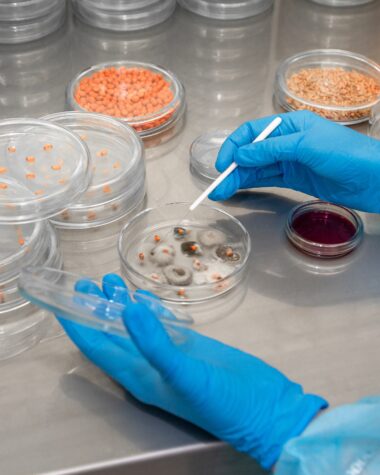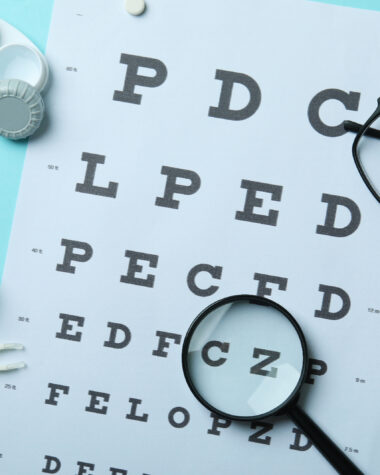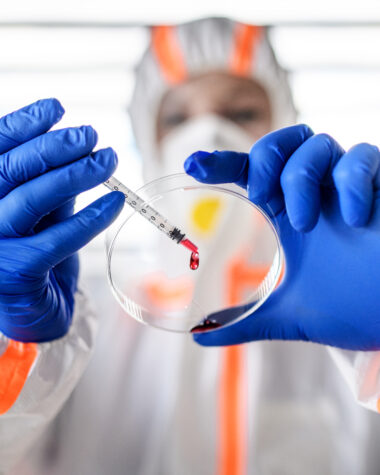Catalyst Pharmaceuticals Inc. (NASDAQ:CPRX) is a commercial-stage biopharmaceutical company built around a highly focused mission: to develop and deliver innovative therapies for patients living with rare and debilitating neuromuscular and neurological disorders. Founded in 2002 and headquartered in Coral Gables, Florida, the company began with a strategic emphasis on underserved disease populations whose limited treatment options created both a medical and commercial gap. Over the years, Catalyst evolved from an early-stage developer into a fully integrated pharmaceutical entity with capabilities spanning clinical research, regulatory execution, commercial distribution, and patient-support infrastructure.
The company’s foundational growth was shaped by its commitment to rare disease therapeutics, a segment defined by small patient populations but high unmet need. Catalyst first gained national attention through its work on FIRDAPSE (amifampridine), a therapy for Lambert-Eaton Myasthenic Syndrome, a severe autoimmune neuromuscular condition. This drug became the company’s flagship product and the primary driver behind Catalyst’s rise from a development-focused startup into a profitable, revenue-generating pharmaceutical business. The launch and expansion of FIRDAPSE created the framework for the company’s commercial model and reinforced its identity as a leader in rare neuromuscular disorders.
As the company matured, Catalyst Pharmaceuticals expanded its portfolio through strategic acquisitions and partnerships that aligned with its clinical expertise. This included the addition of FYCOMPA, an anti-seizure medication, and AGAMREE, a treatment designed for Duchenne muscular dystrophy. These therapies broadened Catalyst’s commercial reach into new neurological and neuromuscular markets while strengthening its presence in the rare disease ecosystem. The company’s ability to scale its commercial infrastructure and integrate multiple therapy lines marked an important evolution from a single-asset developer to a multi-product pharmaceutical operator.
Catalyst’s growth has been supported by an organizational structure built around scientific discipline, regulatory precision, and strong commercial execution. The company maintains a research and development strategy centered on targeted, high-impact therapies rather than broad, generalized drug programs. This model allows Catalyst to allocate resources efficiently, pursue opportunities with clear clinical endpoints, and quickly respond to emerging patient needs. As a result, Catalyst has cultivated a reputation for identifying niche therapeutic opportunities and transforming them into sustainable commercial assets.
Over the past decade, the company has strengthened its financial profile, generating consistent revenue growth, expanding profitability, and achieving a level of operational stability uncommon among companies in the rare disease space. Catalyst has built long-standing relationships with healthcare providers, patient advocacy groups, regulatory agencies, and payers to ensure continuity of care and broad treatment accessibility. Through these efforts, the company established itself as a trusted leader in rare neuromuscular therapy delivery, balancing scientific ambition with commercial discipline.
Today, Catalyst Pharmaceuticals continues to refine its portfolio, expand its commercial capabilities, and explore new opportunities within targeted neuromuscular and neurological conditions. Its journey from a small development firm to a prominent rare-disease pharmaceutical company reflects a strategic focus on high-need patient populations, consistent execution across regulatory and commercial milestones, and an ongoing commitment to improving quality of life for individuals affected by complex disorders. As Catalyst moves forward, its background as a specialized and disciplined rare-disease innovator remains central to its identity and long-term growth philosophy.
Strong Numbers Mask Deep Concentration Risk in Catalyst Pharmaceuticals’ Growth Model
Catalyst Pharmaceuticals Inc. (NASDAQ:CPRX) has impressed Wall Street with record results, organic revenue growth, and a bold $200 million share buyback, yet a deeper examination reveals concerning structural weaknesses that pose significant long-term risks. While investors celebrated third-quarter 2025 revenue of $148.4 million—beating estimates by nearly $12 million—the underlying narrative is far less stable than the headlines suggest. The company’s dependence on a very narrow portfolio of rare-disease drugs exposes Catalyst to volatility, competitive threats, and vulnerability that could undermine its growth trajectory. Even as analysts unanimously rate CPRX as a buy or strong buy and tout a median 12-month price target 35% above current levels, the business fundamentals continue to rely on a fragile concentration of revenue sources rather than diversified, defensible growth.
The core of the bearish argument begins with Catalyst’s reliance on FIRDAPSE for Lambert-Eaton Myasthenic Syndrome (LEMS), which continues to generate the majority of the company’s revenue. Although prescription demand reached new highs this quarter, the company has a history of facing criticism regarding pricing, exclusivity disputes, and the inherent instability of relying almost entirely on a single orphan drug market. The record results hide the uncomfortable truth that any regulatory challenge, new competitor, pricing pressure, or reimbursement pushback could materially disrupt the company’s most important revenue stream. For a commercial-stage rare-disease biotech, such concentration amplifies downside risk far beyond what the current market optimism reflects.

CHECK THIS OUT: Corcept (CORT) Skyrockets 1,534% in 10 Years and Immuneering (IMRX) Reports 86% 9-Month Survival in Pancreatic Cancer.
Organic Growth Today Doesn’t Guarantee Protection from Generic Competition Tomorrow
While Catalyst Pharmaceuticals highlights its 17% year-over-year organic revenue growth as a sign of sustainable momentum, the decline in FYCOMPA following a generic competitor’s entry offers a warning about future vulnerabilities. Catalyst’s model relies on the assumption that its key therapies—primarily FIRDAPSE and AGAMREE—will remain protected from generic erosion and market entry for several years. However, the rare-disease treatment landscape is rapidly evolving, and the financial impact of FYCOMPA’s post-generic revenue collapse should serve as a stark reminder.
This dynamic raises concerns over AGAMREE’s long-term defensibility, especially as other Duchenne muscular dystrophy (DMD) therapies move through clinical pipelines. Even with AGAMREE showing strong early uptake, the historical pattern in orphan drug markets suggests that pricing pressure, payer restrictions, and therapeutic competition can emerge swiftly as treatments demonstrate profitability. The company’s positive guidance increase, with full-year revenue now projected between $565 million and $585 million, depends heavily on AGAMREE continuing to scale without competition—a risky assumption in the high-stakes rare-disease segment.
The Share Buyback May Signal Confidence—But It Also Signals a Lack of Growth Alternatives
Catalyst’s announcement of a $200 million share repurchase program was celebrated by bullish analysts as a sign of management’s conviction in long-term profitability. In a bearish interpretation, however, such an aggressive buyback for a mid-cap biotech can also reflect a strategic limitation: an inability to deploy capital into meaningful pipeline expansion, acquisition opportunities, or clinical development that could diversify the company’s revenue.
In fast-moving rare-disease and neuromuscular treatment markets, companies that fail to invest aggressively in pipeline development risk losing their competitive edge. The buyback may boost short-term shareholder value, but it raises questions about whether Catalyst Pharmaceuticals is adequately preparing for future competition, future pricing scrutiny, and future therapeutic shifts. Without robust reinvestment into new drug candidates, CPRX could face a stagnation period once its current assets reach revenue saturation or encounter regulatory challenges.
Wall Street’s Bullish Consensus May Be Overlooking Structural Market Weaknesses
All eight covering analysts rating Catalyst Pharmaceuticals as a buy or strong buy—with a median price target of 35% above current levels—creates a consensus that paradoxically raises bearish red flags. Unanimous bullish sentiment increases the risk of an asymmetric downside surprise. Biotech history repeatedly shows that high analyst consensus often precedes periods of volatility, especially when revenue concentration, competitive timelines, and regulatory pressures are underestimated.
Catalyst trades at approximately 13 times next year’s estimated earnings, which seems fair on the surface, but for a company reliant on only a handful of products, this valuation may actually be overstated. When valuation multiples fail to reflect concentration risks and future margin contraction, investors can become exposed to sudden repricing. This vulnerability increases in a volatile biotech sector where single events—such as reimbursement changes, data releases from competitive drugs, or regulatory audits—can significantly shift the entire outlook.
Relying on Niche Treatments Exposes Catalyst to Market Saturation and Growth Slowdown
Though Catalyst’s management emphasizes “focused innovation” and “deepening its existing markets,” the company’s narrow therapeutic footprint introduces saturation risks. Treatments such as FIRDAPSE and AGAMREE operate within tightly defined patient populations. As these populations reach penetration, growth naturally decelerates unless new markets or broader indications emerge—neither of which is guaranteed.
The company’s strategy may appear disciplined, but it inherently limits expansion potential. When compared with broader biotech peers pursuing larger markets, multi-indication pipelines, or next-generation cell and gene therapies, Catalyst’s long-term growth ceiling becomes apparent. Without a diverse pipeline capable of producing multiple revenue pillars, the company’s future depends heavily on consistently extracting more value from a small base of rare-disease patients—a method that is inherently capped and highly exposed to competition.
Record Results Don’t Eliminate Regulatory, Ethical, and Pricing Controversies
Catalyst Pharmaceuticals has previously faced controversies regarding orphan drug pricing and regulatory disputes, which continue to pose lingering reputational and political risks. Rare-disease treatments often draw intense scrutiny from advocacy groups, payers, and policymakers due to high pricing and limited therapeutic options. Should pricing concerns re-emerge, the company could face reimbursement bottlenecks or policy-driven pricing pressure—any of which could compress margins despite current performance momentum.
As the U.S. government and other global health authorities increasingly investigate drug pricing in rare-disease markets, Catalyst’s business model may become vulnerable to external intervention. The record revenue growth may give the impression of stability, but policy shifts can quickly undermine profitability in markets where high prices are central to commercial success.
Conclusion: Strong Current Performance Cannot Overshadow Long-Term Fragility
Catalyst Pharmaceuticals has captured Wall Street’s attention with powerful short-term results, raised guidance, expanding demand for FIRDAPSE and AGAMREE, and a significant share buyback. However, a bearish analysis reveals that the impressive headlines mask deep structural weaknesses that could limit long-term potential. Revenue concentration in niche therapies, rising competition, generic threats, regulatory uncertainty, potential market saturation, and the strategic implications of a massive buyback all create a fragile foundation beneath today’s optimism.
While analysts project upside, the company’s long-term trajectory relies too heavily on a narrow pathway that may not withstand shifting competitive and regulatory environments. For investors assessing risk rather than rewards, Catalyst Pharmaceuticals may present more downside exposure than its record results suggest.
READ ALSO: Tiziana (TLSA) Surges 143% in 2025 and Immuneering (IMRX) Reports 86% 9-Month Survival in Pancreatic Cancer.



